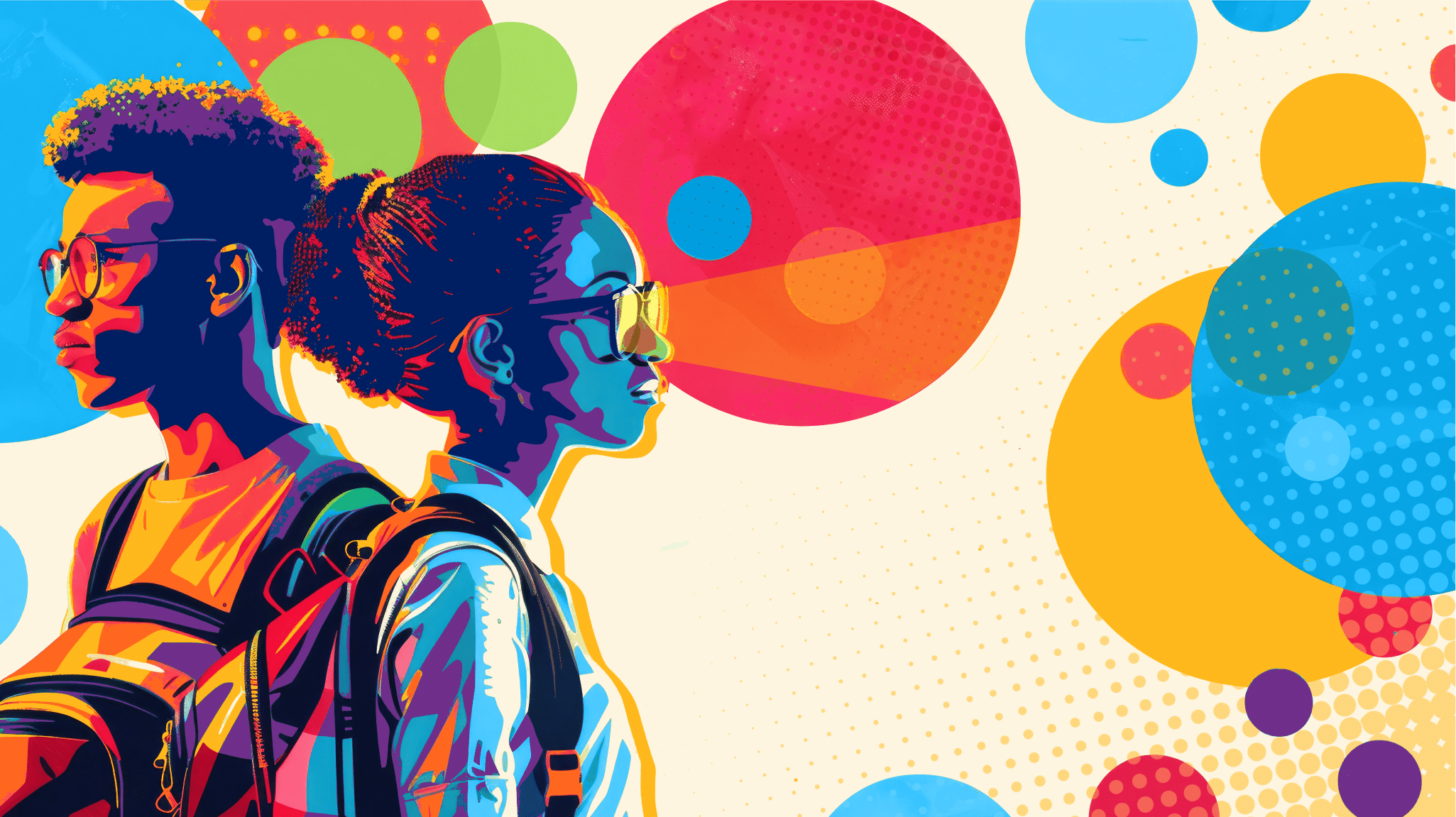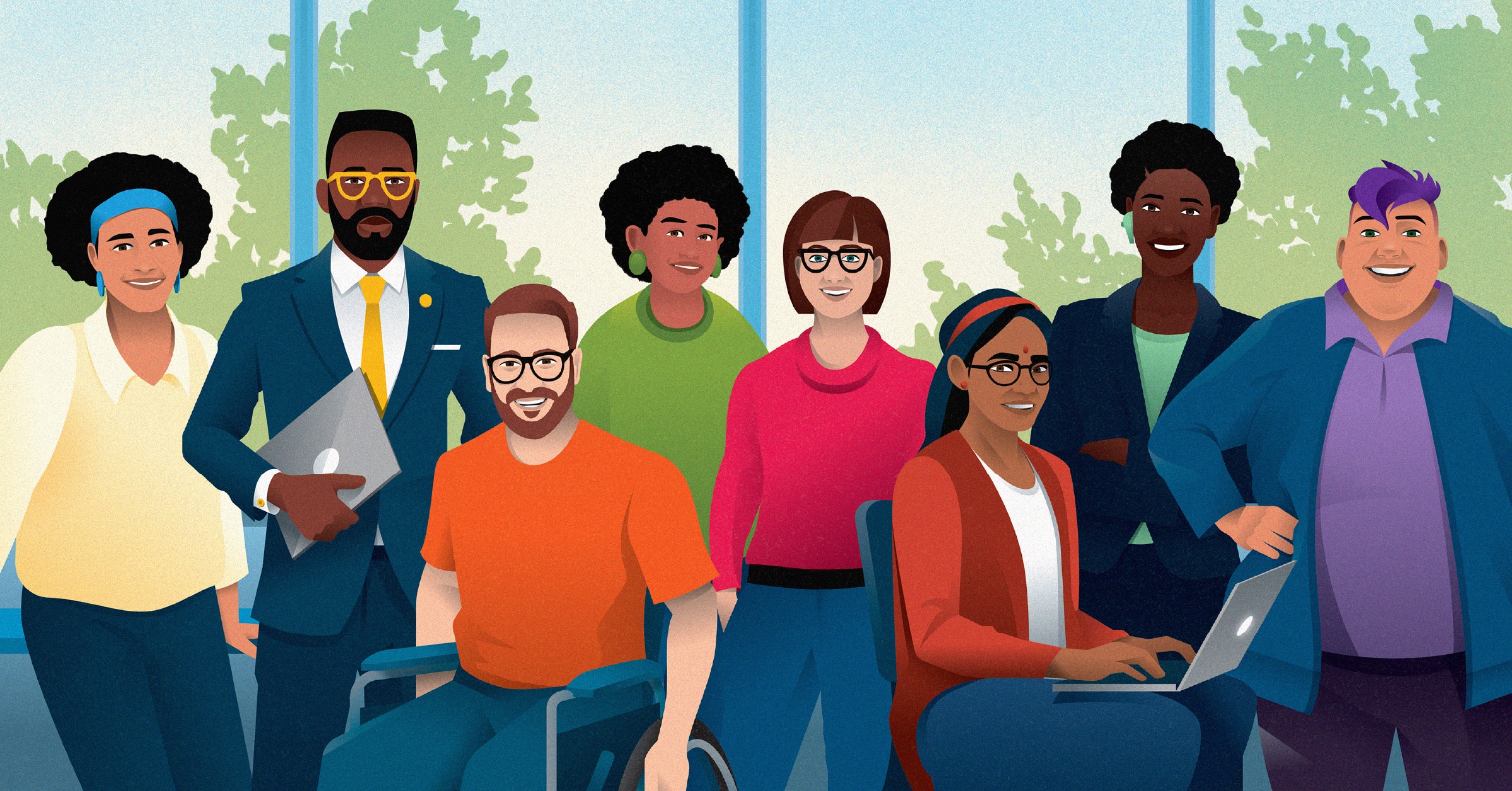Explore the Future of Learning
What might the education landscape look like in 10, even 20, years? We need to ask that question to create better opportunities for all learners.
Our team of professional futurists sparks new ideas about the future of learning through engaging and thought-provoking publications and engagements.
KnowledgeWorks specializes in applying strategic foresight to education. Since 2006, we have published free, comprehensive forecasts on the future of learning. Our strategic foresight publications examine critical issues, identify future possibilities and suggest ways of translating insights about the future into action today.
In a time of accelerating change, complexity and uncertainty, there is an urgent need to understand change and spark new thinking about what is possible for education.

What's ahead in education?
Partnering to explore the future
KnowledgeWorks’ professional futurists can help you explore the future of learning through customized engagements and publications that are relevant to your context. We can partner with you to create publications, presentations and other thought leadership focused on trends affecting the future of education, such artificial intelligence (AI) and work.
Our customized engagements help groups explore change, set direction, examine strategies and consider ways forward. We offer:
- Keynotes and presentations about the future of learning
- Workshops that:
- Raise awareness of changes on the horizon
- Strengthen strategic planning efforts
- Surface innovative approaches and practices
- Clarify aspirations for the future of learning or help groups set shared visions
- Develop foresight capacity
- Use the LEGO® SERIOUS PLAY® method to generate fresh insights
- Immersive experiences that help people experience future possibilities
- Strategic advising related to education futures
We offer commissioned publications that examine future possibilities specific to clients’ contexts. Here are some examples:
- A forecast on math education
- A forecast on early childhood and families
- Greater Pittsburgh region forecast
- Ohio regional readiness strategy guides
Terms to Know
- Foresight: “The study of change that uses a systematic methodology to explore the future in order to make better decisions today by helping us move toward the futures we want and avoid those we don’t, and to ultimately build confidence in the future by building our capacity to avoid surprise” (Dr. Andy Hines, University of Houston Foresight Department)
- Forecast: A publication or assets that depicts a range of futures based on making and managing assumptions about change
- Futures thinking: Futures thinking tools equip learning communities to consider their preferred futures and identify strategies for bringing them to life in a changing world.
- Systems transformation: Systems transformation is a continuous, community-driven journey. The purpose is to ensure the system is responsive to the needs of each learner, allowing individuals to meet their potential and be prepared for their desired future.
- Shared vision (noun): Shared vision is a common understanding of goals and aspirations that unites a group toward a desired future outcome. It reflects collective values and priorities, providing direction and motivation.
- Shared visioning (verb): Shared visioning is a collaborative process in which a learning community works together to create a common vision or set of goals. It brings together diverse perspectives to unify the learning community’s commitment toward a common purpose. Strategic integration and foregrounding of the shared vision ensures ownership and alignment through collective decision-making and accountability.
- Aspiration setting: Aspiration setting is a process in which a person, team or organization explores their hopes and preferences for the future. It articulates a desired outcome beyond the current state, fostering motivation and expansive thinking. It is an important step in the shared visioning process.
Focus on the Future
Thinking about the future of learning can help pave the way toward education system transformation. The future doesn’t rest on one person’s shoulders. It’s everyone’s.

